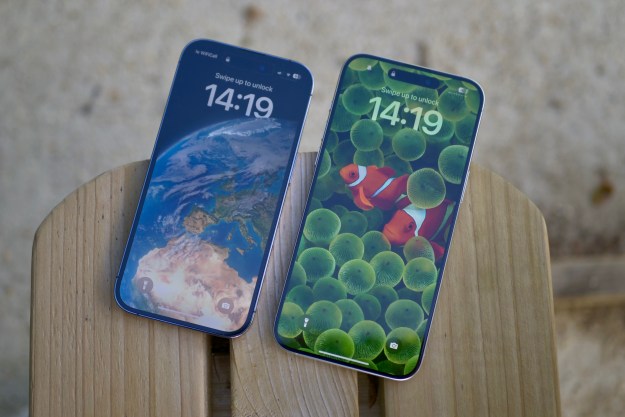The Apple Watch has become the latest Apple product to become less about the hardware and more about the software and services it enables. It’s a transition for the company that began years ago, but out of all Apple’s devices, the Apple Watch is the one with the fewest places to go, design-wise, and therefore a prime target for visual stagnation and a switch to pushing a new subscription service.
Think that’s a bad thing? It’s really not, and here’s why.
Watch design doesn’t really change
In the early 1900s watchmaker Louis Cartier introduced the first Tank watch, a model that’s still made today, more than a hundred years later, with the majority of its distinguishing features intact. While I’m not calling the Apple Watch a Tank Solo rival, I am saying that watches don’t tend to change much, especially when the core aspects are exactly right.

With the Series 5, Apple did the right thing by offering more materials, enlarging the screen, and building in a selection of new sensors and features. The Apple Watch Series 6 keeps all that and upgrades the processor to the new S6. This was due, as the Series 5 used the same S5 chip found in the Series 4. Otherwise, Apple is sensible to side with Cartier, because the Apple Watch is good-looking, beautifully made, and highly wearable.
We now need to get used to the addition of sensor-based iterations, like the new blood oxygen monitoring feature, going forward on the Apple Watch. These small but meaningful changes have added up over the past few years already, and have seen the Apple Watch switch from cool notification-focused, must-have toy into the superb health and fitness wearable that it is today.
With our mindset already altered, the time is right for the Apple Watch Series 6 to become the first model that is all about how it benefits our lives, rather than how the hardware complements our phone.
Get ready for Fitness+
The new Apple Fitness+ service is the Apple Watch’s endgame. It’s what the App Store did to the iPhone, and the payoff for pivoting the Watch into a life-saving, fall-detecting, Fitbit crusher. It’s hard to pick a better time to launch an at-home workout service than during a global pandemic when much of the advice is to stay at home, and also at the same time to enhance the Apple Watch’s usefulness indoors, when much of the emphasis before was on what it could do for us when commuting or traveling.

You get three months of free Fitness+ access with your new Apple Watch. Anyone who has worked out at home knows finding the right plan (and then sticking to it) is a lengthy and frustrating endeavor, and your wearable certainly won’t sync with the random fitness instructor gyrating in your chosen YouTube workout video either. Fitness+ integrates with the Apple Watch to coach us, then uses the sensors and data to motivate, and its motivation that keeps us coming back.
Coming back is exactly what Apple wants, of course, and when you do it’ll say sure, pay $10 to continue, then tempt you into paying $30 a month for its Apple One Premier service. After all, adding Apple TV+, News+. Apple Arcade, Apple Music, and 2TB iCloud space for $20 extra over the normal Fitness+ subscription seems like great value. Years ago, Apple tied you into its ecosystem with proprietary cables and desirable accessories. Today, it’s monthly subscriptions.
Long term value is a good thing
At the beginning of 2017, Tim Cook set the ambitious target of doubling revenue from its services business by 2020. In July this year, Cook said on an earnings call it had achieved this target six months ahead of schedule. Services may not be hot headline grabbers like a fancy new iPhone, but they are making a massive amount of money for the company.
While I’d love to see some significant hardware alternations to the Apple Watch, Fitness+ adds true value to the Apple Watch, outside of having a screen on your wrist, and it is even arriving at a very opportune time. This is the best smartwatch you can buy, and through software rather than hardware, Apple’s making it more than just a flashy add-on for your iPhone.
iTunes changed the iPod and the App Store transformed the iPhone, and now Fitness+ and potentially more wearable-focused services in the future are set to do the same for the Apple Watch.
Editors' Recommendations
- Apple issues fix for ‘ghost touch’ problem on older Apple Watches
- Apple may stop updating one of its best Apple Watches this year
- Apple may have delayed a critical Apple Watch upgrade
- 8 watches you should buy instead of an Apple Watch
- This is when Apple will finally release its new 2024 iPads




